Children's Education
Transform Your Child's Room with Montessori Design: Top Tips for the Perfect Setup
The Montessori approach is a holistic educational method that emphasizes freedom of choice, respect, and fostering a child’s independence. How can these principles be applied to create a room that encourages exploration, learning, and personal growth? Discover practical tips for designing a child-friendly space that inspires development and curiosity.
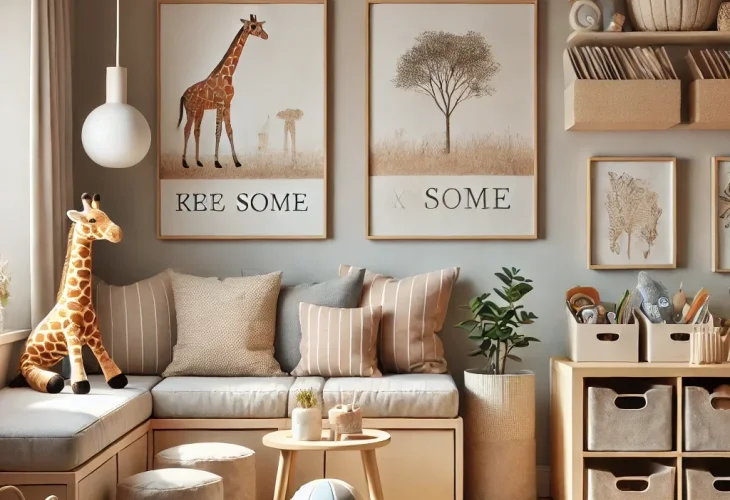
The Montessori approach was developed by Dr. Maria Montessori in the early 20th century. It is a method focused on creating a personalized environment for each child, where they can explore, learn, and grow at their pace. The central principles of the approach include respect for child independence, experiential learning, and the use of natural materials. Since the method emphasizes the child's environment, a design style with the same name has emerged over the years.
The Montessori approach not only enhances the physical design of the room but also influences how children perceive the world around them, allowing them to grow and develop naturally and in balance.
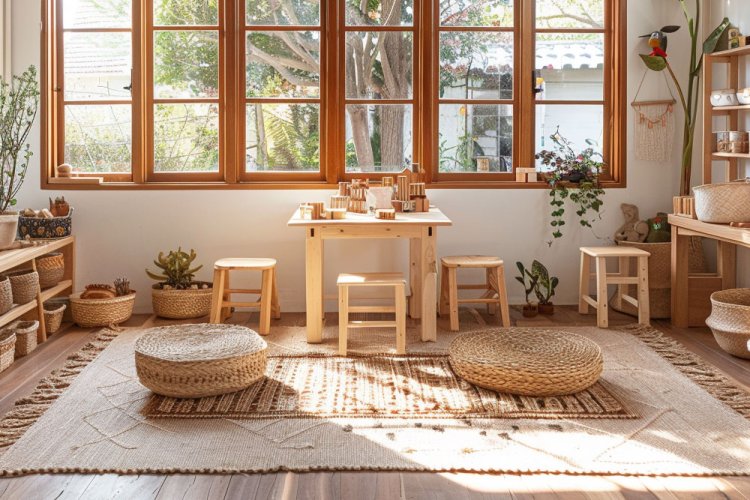
- Respect for Child Independence. Children should be given opportunities to act independently and choose their activities. This fosters a sense of responsibility and self-confidence.
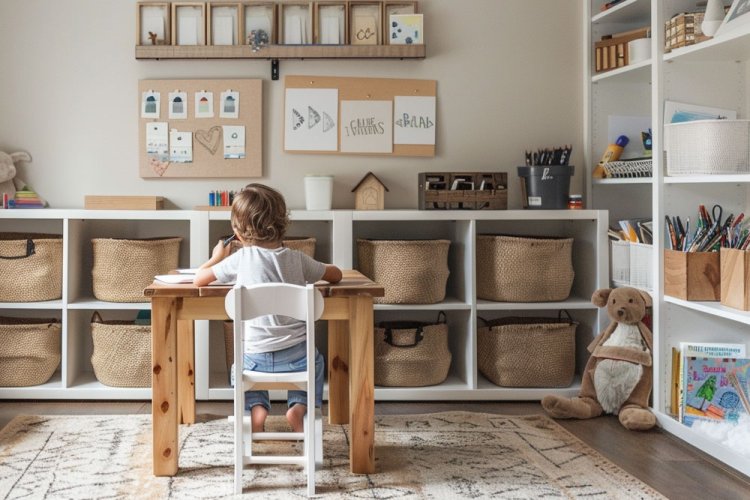
- Learning Through Experience. The best learning occurs when children can experience the world around them directly. Thus, learning materials should be practical and accessible.
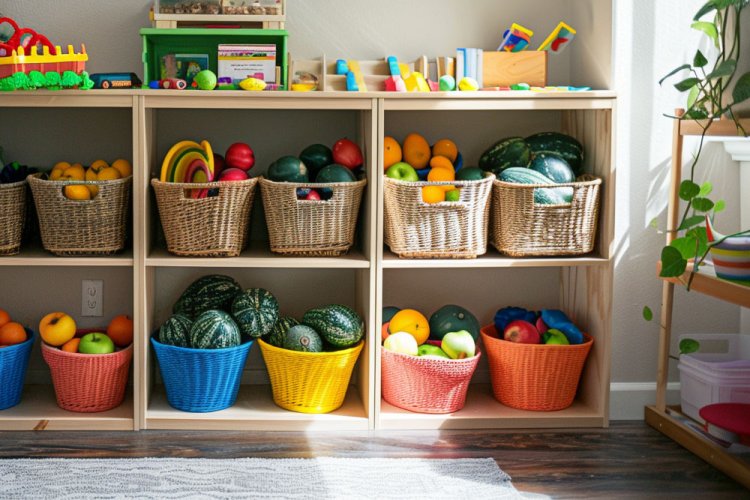
- Adapted Environment. The physical environment should be carefully designed to meet the needs of children at every developmental stage. The environment must be neat and organized to encourage self-exploration and internal order.

- Freedom of Choice. Children should be free to choose activities within a clear structure. This freedom encourages natural curiosity and an internal motivation for learning.
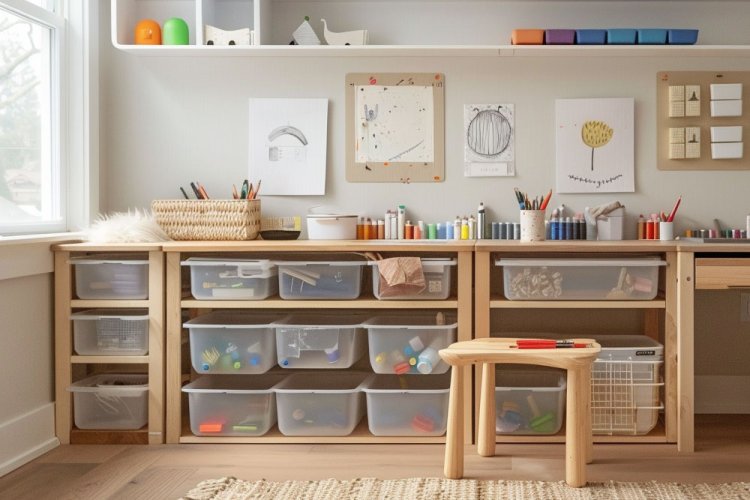
How to Apply the Montessori Approach in Children's Room Design?
- Low-Height Furniture: In a Montessori room, all furniture should be at a height accessible to children. Beds, shelves, tables, and chairs should be easy for them to use independently. For example, a floor bed instead of a traditional crib allows the child to get in and out on their own.
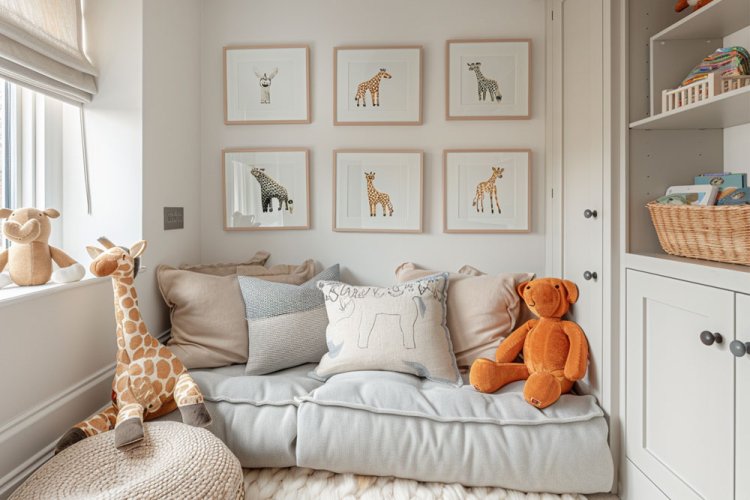
- Order and Organization: The Montessori approach emphasizes a neat and organized environment. Every item should be in its place so the child knows where to find it and can return it after use. Use boxes, baskets, and low shelves for storing toys and creative materials.
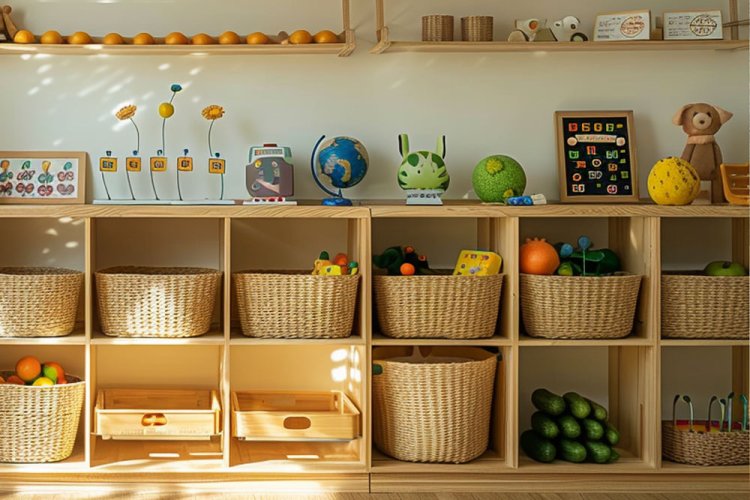
- Natural and Simple Materials: Designing children's rooms with the Montessori approach focuses on using natural materials like wood, cotton, and wool. These materials are not only aesthetic but also provide a rich sensory experience that promotes learning.

- Spaces for Exploration and Independent Learning: Dedicate areas of the room to different activities such as reading, creating, building, and playing. These spaces should be inviting and organized to allow the child to start and finish activities on their own.
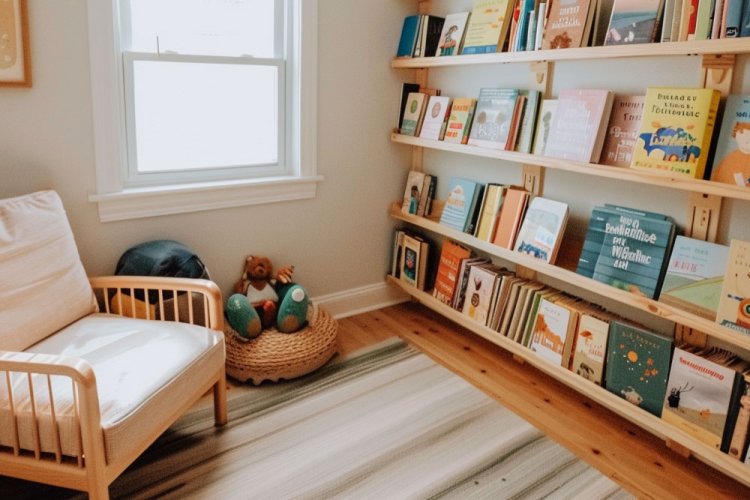
- Aesthetics and Simplicity: Montessori design is characterized by clean lines and simplicity. The room should be pleasant and inviting, but not overly cluttered. It's good to maintain calm, natural colors and incorporate pictures at the child's eye level.

Need Some Guidance?
In small and crowded children's rooms typical in many family homes, implementing the Montesseri approach isn't always easy. Here are a few simple tips to help you design a functional and inviting space for your child to explore and learn:
Create a Reading Corner: Create a cozy reading corner with a low book shelf, comfortable cushions, and a soft blanket. Books should be displayed with the covers facing out, so the child can see and choose them independently.
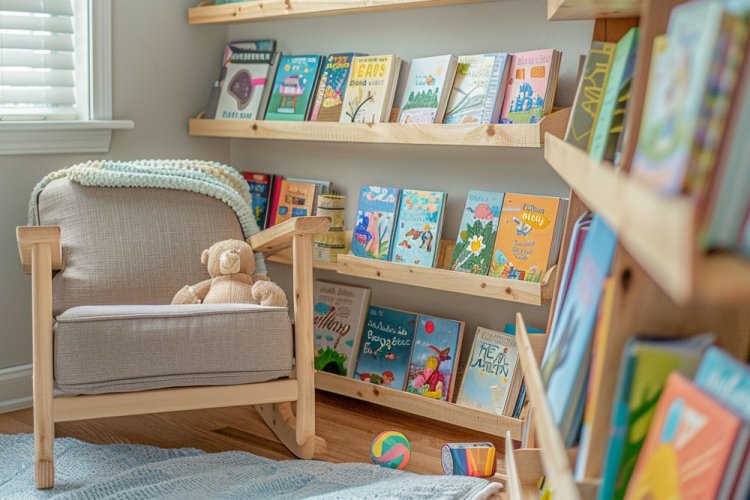
Inspire Creativity: Set up a small table and chair as a dedicated space for creativity. Include materials like crayons, paper, glue, and scissors, and keep everything organized in easy-to-reach boxes so your child can access them independently.
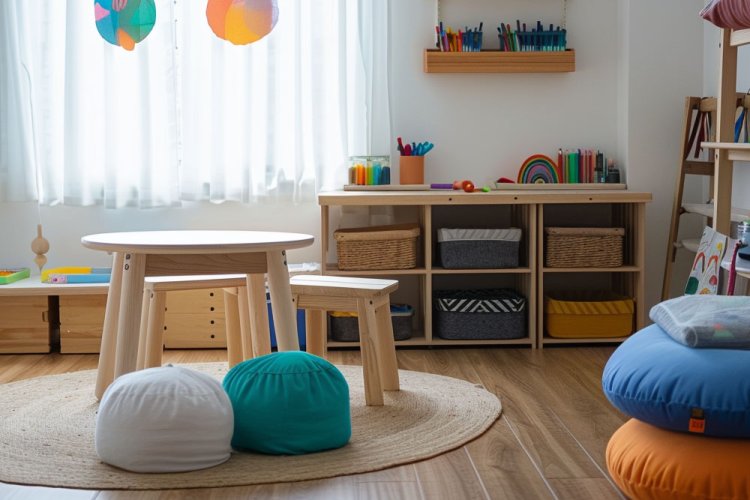
Designing a children’s room using the Montessori approach provides an environment that nurtures growth and independence, tailored to each child’s needs and interests. Even by applying Montessori principles in part, we can help children develop self-confidence, responsibility, and the skills to learn independently. A safe, organized, and thoughtfully arranged space equips them with the tools they need to explore, grow, and thrive.
Creating a Montessori-inspired room can be simple and accessible, offering lasting opportunities for development with the guidance and blessing of Hashem.

